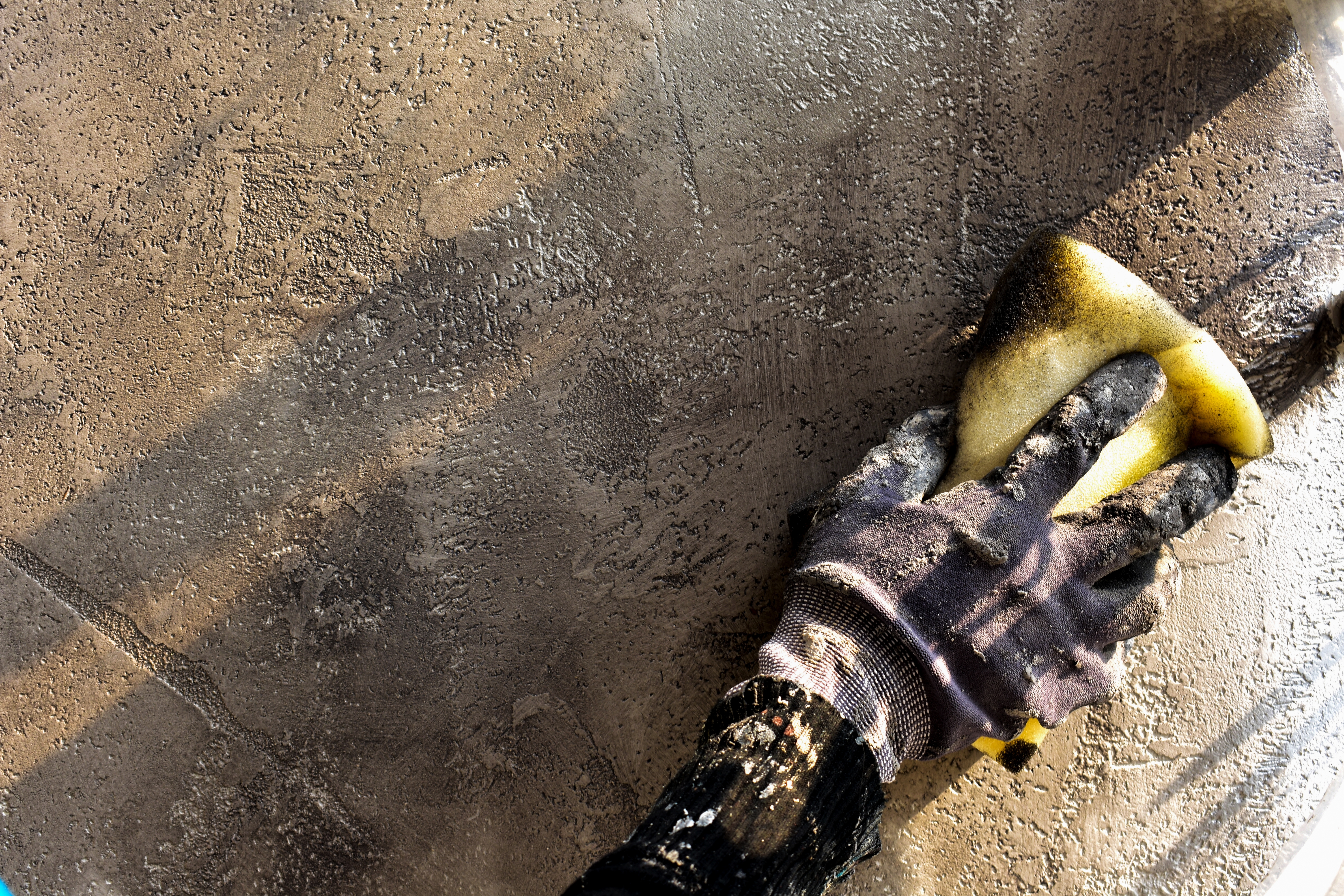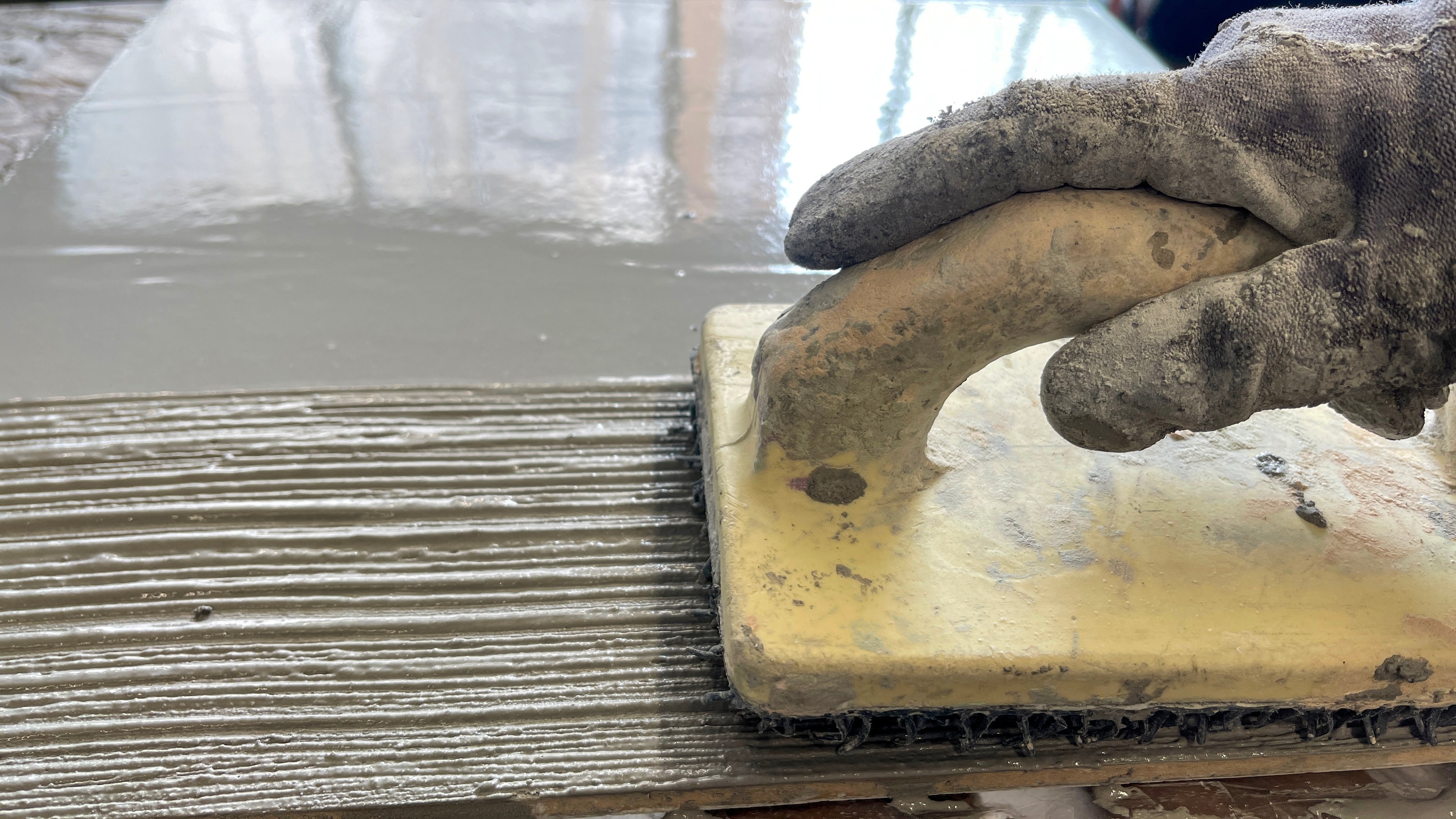Should you choose UHPC over traditional concrete?
Concrete is by far the most widely-used building material - half of the man made things in the world are made from it. Its popularity is thanks to its excellent durability, strength, and versatility. Concrete is a reliable material for constructing buildings, bridges and more, but it’s recently come under scrutiny for the toll it’s taking on our planet - it’s responsible for a huge 8% of total carbon emissions.
Ultra-High Performance Concrete (UHPC) is a relatively new material that’s gaining attention because it outperforms traditional concrete on several fronts, as well as potentially being a more environmentally friendly choice. Here we try to give a “concrete” overview of basic information you should know about how UHPC compares to concrete.
UHPC versus concrete
UHPC contains many of the same components as traditional concrete, but the particles are smaller and therefore closer together, making the material stronger. Fibres - such as steel, glass, or carbon - are also added to UHPC to reinforce its strength.
One of the major benefits of UHPC is that it’s stronger than conventional concrete. While traditional concrete can withstand weight less than 50 MPa (1 MPa being the pressure in a well-inflated bicycle tire), UHPC has a minimum compressive strength of 120 mega Pascal. Because it’s so robust, there’s no need for a frame when building with UHPC as there is with normal concrete.
UHPC is also superior to concrete in terms of durability. It can last for over 100 years without requiring any maintenance, even in extremely cold settings or where it’s subject to extreme wear-and-tear - UHPC is nearly twice as resistant to abrasion as traditional concrete. It’s also much less permeable than concrete so it won’t be damaged by moisture, and it dries faster, saving time in construction.
However, for all its benefits, the main thing holding UHPC back from being more widely used is its “investment cost” - it is around twenty times more expensive than traditional concrete when bought – but the investment can easily be profitable adding lifetime and possibilities as a parameter to the cost.
UHPC is a very compact material during/after mixing. With advantages, UHPC can be mixed in a forced action mixer. The compact material requires a strong motor for mixing. The “standard” SoRoTo Gear/Motor combination in our forced action mixers is the perfect match for UHPC as the gear/motor has been chosen with focus for maximum effect, but with lowest possible amps used. In combination with the strong motor, the SoRoTo mixing arms in the forced action mixers also increases the strength of the machines as the full power is distributed to the well angled mixing arms.
The standard mixing arms for our forced action mixers will do the job, but should you have a more customized blend with smaller stones, we could recommend you to use our mixing arms with rubber paddles. Should you be mixing larger volumes of UHPC in our 300 liter forced action mixer then our turbo mixing arm could be preferred, but the standard rubber arms will also do the job.
The SoRoTo forced action mixer speed of 30 rounds per minute is well fitted for UHPC mixing, but should change in rounds per minute be requested, our VARIO motor will do what is needed.
Because of the smaller particles we recommend (especially in closed or minimal environments) to use the SoRoTo Dust Controller to reduce the dangerous dust.

How to mix UHPC in a forced action mixer
The innovative and hard-wearing material Ultra High Performance Concrete can be mixed at a construction site with a Soroto Forced Action Mixer. Follow these simple steps and you’ll make this impressive material onsite in no time.
1. Dry mix the cement, ground granulated blast-furnace slag (GGBS), silica fume and some of the silica sands for 5 minutes - make sure you’re wearing appropriate protective equipment.
2. Add the water and superplasticizer until the mix becomes a thick slurry,
3. Add the remaining silica sands bit by bit, then mix for another 5 minutes.
4. Finally, add the steel fibres and continue to mix for another 5-8 minutes, until you have the right consistency. It shouldn’t be too dry, or too runny.
You might run into trouble if you’re mixing on a very hot day, as this runs the risk of the water evaporating. You can work around this problem by replacing around 40% of the water with ice, or more if needed. Hot weather could also make the superplasticizer less effective, so make sure you mix and place the UHPC quickly.
UHPC is incredibly strong, long lasting, and more sustainable than traditional concrete. If you’re using it in your next project, a Soroto Forced Action Mixer is ideal for producing the perfect mix quickly and effectively, making your job that much easier.
Is UHPC environmentally friendly?
A UHPC mix contains more cement - a major source of emissions due to its energy-intensive production - than conventional concrete, meaning the production of UHPC has a bigger carbon footprint. However, because UHPC is stronger than concrete, less of it needs to be used, so in practice it actually has a smaller carbon footprint per square metre. Because less material is required, there’s also fewer emissions from transporting UHPC (depending on how local the material/resource is of availability).
And, if we step back and take a longer view, UHPC is potentially more environmentally friendly over the lifetime of a building since it’s more durable and won’t need to be maintained or replaced for many decades. The material can also be recycled several times, and can be used as part of a mixture to make roads at its end-of-life.
So, what material should you choose next?
UHPC could be a solution to the damaging environmental footprint of concrete, while retaining or exceeding its benefits as a construction material. Its enhanced strength and durability make it an attractive option for forward-looking masons.
However, at present UHPC’s high price in comparison to regular concrete may discourage many from using it - so whether the cost is worth its many benefits is up to you.
Closing this blog text we acknowledge that there’s a ton of opinions and other alternatives to UHPC and we are as excited as you to follow the development of building materials within the construction sector. Remember also to read our blog text “Building With Hempcrete”.
Disclaimer: The following blog text contains guidelines regarding UHPC and how to mix it as communicated by the company SoRoTo. However, it is important to note that these guidelines are for informational purposes only and should not be considered as a substitute for the manufacturer's guidelines. SoRoTo recommends that users always refer to the manufacturer's instructions and guidelines for their specific product to ensure proper and safe usage.
SoRoTo will not be held liable for any damages or injuries that may result from the misuse or improper application of their guidelines.
























